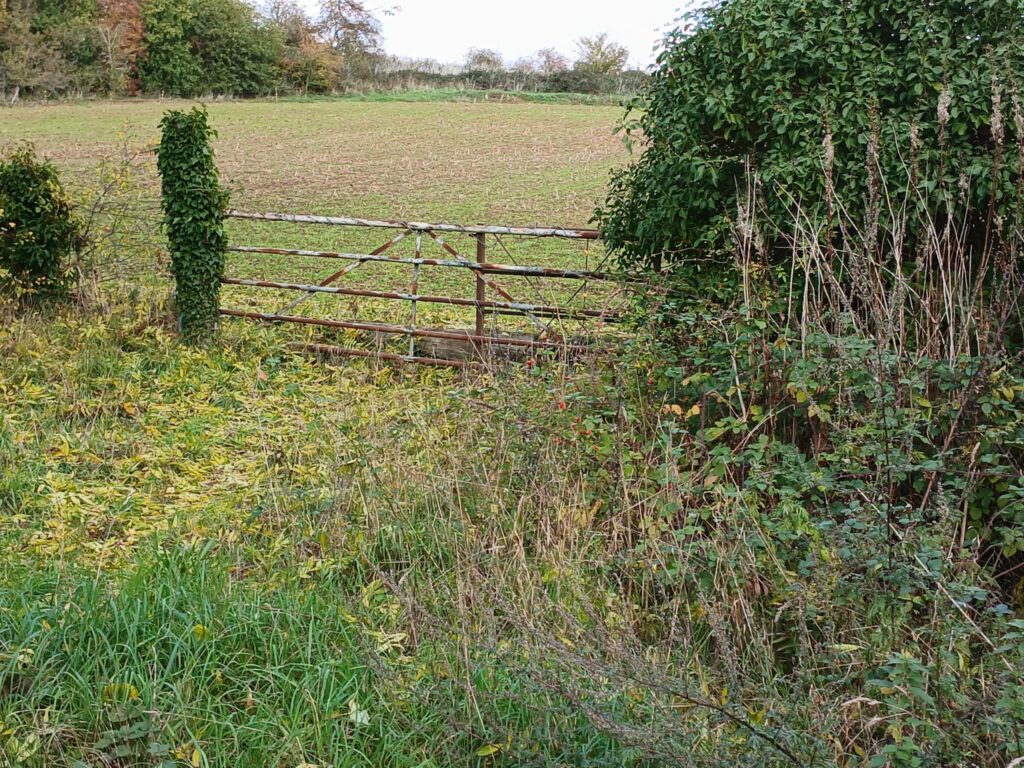EarthWise: Bringing together the wisdom of the Earth found in nature, science, mythology and spirituality

Introduction
This is a review of the book, The Bridleway: How Horses Shaped the British Landscape, by Tiffany Francis-Baker. It is published by Bloomsbury. This is a review of a paperback edition, published in 2024.
This book is a quietly reflective read, taking you effortlessly across the British landscape where horses were and are significant in effects both large and small. It is above all a celebration of a diverse and still-wild landscape packed with history and stories, if you only pause to look. And it considers how the horse influenced the landscape, not only in the past, but in the present. It considers how there may be no strict divide between the past and the present. Rather the landscape brings them together into a seamless whole– a moment and place no longer strictly defined by linear time.
Francis-Baker explores the rich diversity of the landscape. Along the way she shares folklore, history, questions of social meaning and challenges in modern society, always, always wrapped up with a background of hoof beats across time, land and memory.
Book Summary
It is difficult to summarize a book with as much depth as this one into a few words and still do justice to the book. And it is also difficult to pigeonhole this book into a specific narrow category. For it is many things at once, all engagingly and artfully drawn in a story-telling style.
Francis-Baker not only explores the relationship of humans and horses over time, she does so layering this across a multitude of landscapes and times. The focus on the horse remains unfailingly central to the book. The great variety of horses in the landscape lends itself effortlessly to what the book also does– lead a gentle exploration across specific spaces. Some of these are mythic and well-known, such as the Uffington White Horse. Others are less so, quiet and ancient bridleways folded into the country landscape. All of these are written about in fascinating detail. This is one of those books that is hard to put down once you begin to read .
The Allure of the Book and its Writing
Francis-Baker has a gentle, warm and inviting voice that is consistent through all that she writes. The book feels less like a read and more like a friendly conversation throughout. Anyone familiar with horses will immediately recognize the warm connection that shines through her writing.
But even for those who are not familiar with horses, Francis-Baker invites them to sense the particular allure of a horse. It is not necessary to be a horse-lover to enjoy the benefits of this book.
Sharing the sense of being on horseback
She writes, ” It is difficult not to feel empowered when sitting astride a horse. They elevate you in more ways than just your physical height; they enrich your mental and physical presence, and they make you feel powerful.” (Francis-Baker, 115).
This deftly explains to the horse-lover and those who are not so familiar with horses in a few simple words the depth of transformative feeling that comes from riding a horse. Throughout the book, Francis-Baker weaves this intimacy with horses into a storyline that is accessible, whether the reader has familiarity with horses or not.
Traces in the landscape
Francis-Baker also points out the lingering traces of horses in the landscape. Once everywhere in the social world, now the presence is more subtle, but not gone. She explains, “Once you start looking, it’s impossible to unsee the clues left behind in everyday objects like pub, house and road names; clues that reveal a glimpse into a past world, a different way of living, and a different social structure entirely.” (Francis-Baker, 71).
From here, she invites us along on her quiet meanderings and thoughtful musings, keen observations and deep explorations of the past and present of the landscape. Always with the horse in view, providing the focus for the knowledge and stories she shares.
My experience of the book
The book is well-written, well-researched and very engaging. For all the depth of knowledge and history it provides, it never overpowers the reader with a dull or dry style. It feels like being on a day out, an adventure, a quiet reflection, as you read through each section and chapter. Although it is a book I did not want to put down, I found that it was easy to pick up again after a break, and find my way back into the story and landscape of interest. It opened my curiosity to actually get out to see some of the landscapes and places that are so warmly featured in the book. Above all, it is a realization of the rich variety of the British landscape once and still touched by horses.
Conclusion
I strongly recommend this book to anyone who has an interest in the British countryside, in history or in horses. If you share all three of these interests, all the better for enjoying the book. And you may just find you develop a new curiosity on these, and find your way into the countryside (whether on horseback or not) to explore.
This book is a wonderful companion on an EarthWise journey. It invites you into the gentle textures and contours of the landscape, to explore slowly and thoughtfully the rich history and subtle details of what is nearby and underfoot. It celebrates a landscape full of horses.
